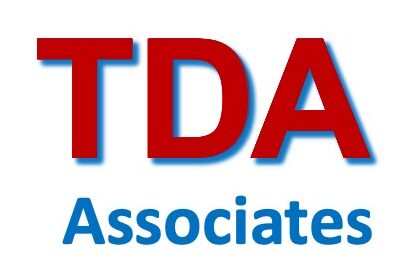Creative Problem-Solving
A Global Approach
Course Introduction Video
Course Trailer
Sample techniques Used in Course
Click Buttons Below to Watch Videos
Click Toggle Buttons Below to Switch
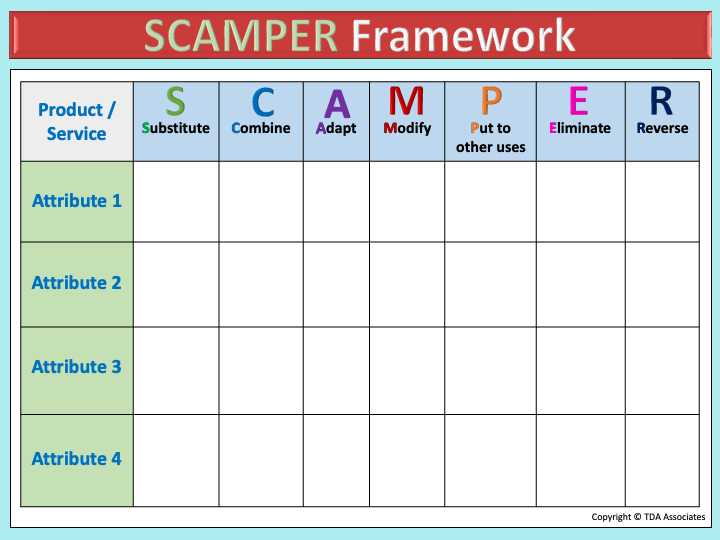
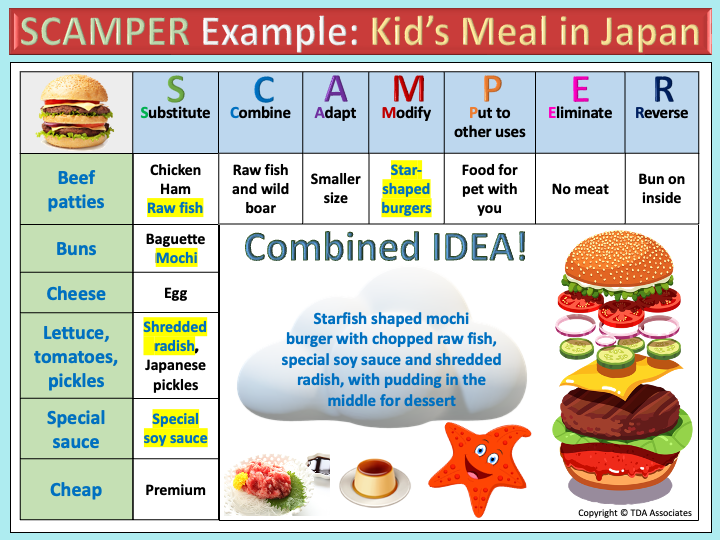
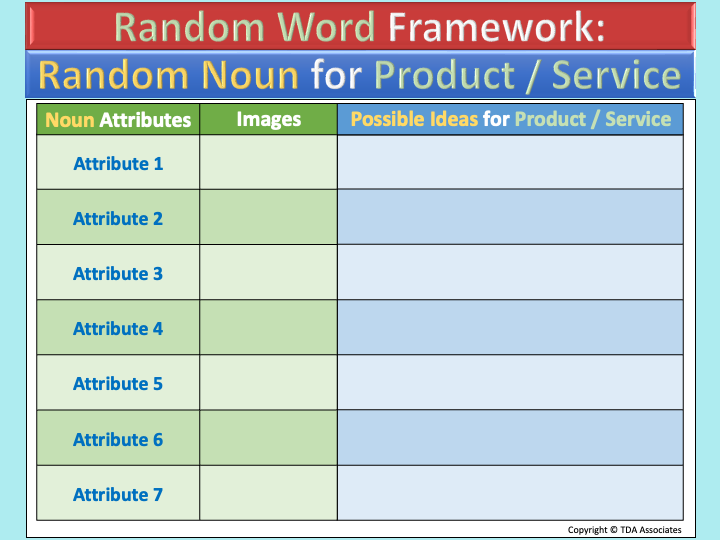
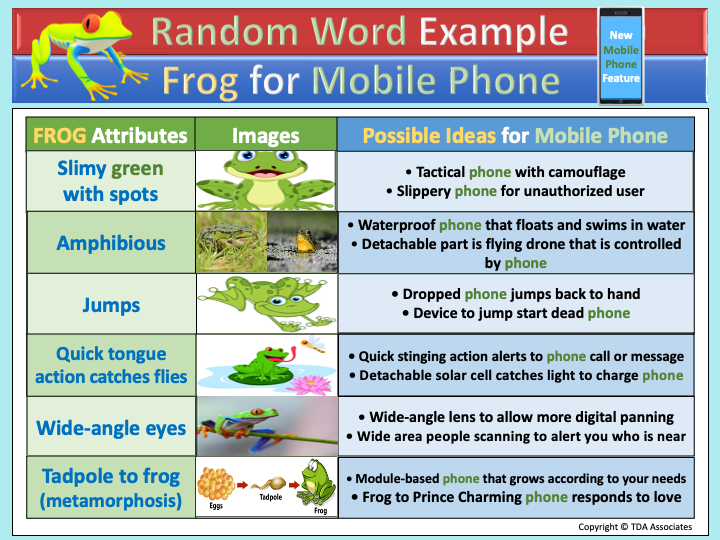
Creative Problem-Solving
Course Outline
Course Overview
This course provides a framework and tools to help people in business creatively solve the most challenging and complex problems they face at work, either by themselves or by facilitating their teams to do so. This process can be used to get fresh, novel ideas to solve any problem for any business function, but can be especially useful for new product development, innovation, strategic planning and internal consulting teams.
The Three Diamond framework introduced in this course is a 3-step process consisting of Problem Finding, Idea Finding and Solution Finding. Each step has different, easy-to-understand and practical tools to help with the ideation process so that difficult problems are transformed into breakthrough, feasible solutions.
Who Should Take This Course
- Individuals wanting to improve their creative and critical problem-solving and thinking skills
- Team members, leaders or managers wanting to help or facilitate their teams in solving the challenging, complex problems they face
- Innovation, marketing, sales, R&D, strategy and other team members involved in new product / business development or corporate innovation.
- Human resource development professionals wanting to improve employees’ thinking and problem-solving skills
Why You Should Take This Course
- Power up your own individual creative thinking and problem-solving skills
- Enable both yourself and your team to turn complex organizational challenges into innovative yet feasible solutions
- Develop your innovative teamwork and facilitation skills for creative problem-solving
- Practice using different thinking tools for problem finding, idea finding and solution finding steps
- Get a Certificate in Creative Problem-Solving upon completion of course
What You Will Cover
The Three Diamond Process Overview
Facilitation Skills for creative problem-solving
Step 1: Problem Finding
– Problem Finding Guidelines
– The Upward-Downward Thinking Tool
– Problem Selection
Step 2: Idea Finding
– Free Brainstorming
– Tool 1: SCAMPER
– Tool 2: Random Word
– Tool 3: TDA
– Idea Selection
Step 3: Solution Finding
– Building the Concrete Concept
– PPMI (Pluses, Positives, Minuses and Ideas)
– Innovation Action Plan
How You Will Learn
- This course may be delivered in face-to-face, live online, hybrid and on-demand video formats with customized content, locations and schedules to fit each organization’s needs.
- Throughout the course the instructor provides easy-to-understand examples for each tool and ample tips on how to facilitate teams.
- The course includes extensive group practice on live problems using the tools, with ample instructor and peer feedback.
- The course includes either group or individual project work with final presentation of results to showcase application of course content.
- The course may be enhanced by including additional tools or further modules, for example:
- Developing and presenting a business plan for new business (group projects)
- Multicultural teamwork skills to work with global project teams
- Customer or market insight/foresight to replace the Problem Finding step
- The course can be delivered in English, Japanese or Portuguese.
- For live online and hybrid courses, the Miro online whiteboarding platform is used with custom templates in conjunction with a client-designated video conferencing platform.
About the Instructor
Henry Andersen is a former Professor of Global Management for the MBA program at Meiji University, one of the top universities in Japan. He now teaches, though his own company TDA Associates based in the US, courses in creative problem solving, multicultural teamwork, customer insight, wise thinking skills and global wisdom leadership.
As a consultant he has helped build the innovation capabilities of organizations like Coca-Cola, Unilever, Nestle, Philips, Pfizer, the US Navy, Mazda, Mitsubishi, Toshiba, Kirin and Sumitomo on four continents.
Prior to academia and consulting, he was an international marketing, strategy and innovation executive working for companies like Sony Pictures, Mitsubishi Heavy Industries and Scott Paper (now part of Kimberly-Clark) while based in the US, Japan, Brazil, the UK and Holland.
He has a BA in Japanese from Harvard, an MS in Journalism from Columbia University and an MBA in marketing from INSEAD in France.
Andersen developed his own creative thinking methodology called transdisciplinary analogy (TDA) while working at Mitsubishi to help them solve both technical and marketing challenges they faced. TDA and its applications have been featured in the international business press, academic publications, and in a number of books on creativity and innovation published in over six languages.
Creative Business Development
Course Introduction Video
Includes Market Finding Module
